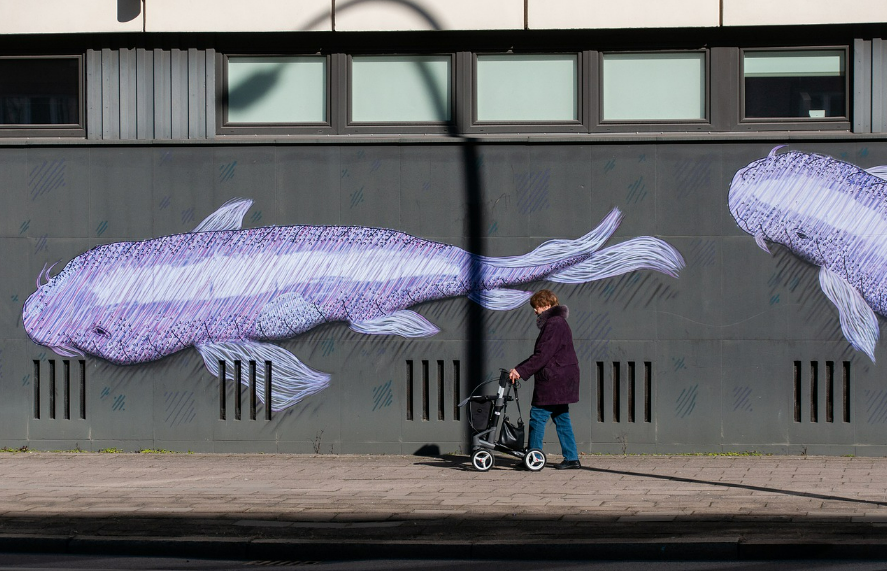Max66, Arsgroup777, ARS Group Exchange: Art has long been used to adorn public spaces, dating back to ancient civilizations where murals, statues, and other forms of art were prominently displayed in city squares and temples. These early expressions of art not only served as decorations but also conveyed important cultural and political messages to the community.
Throughout history, public spaces have acted as a canvas for artists to showcase their creativity and communicate with the masses. From elaborate frescoes and mosaics in Roman amphitheaters to modern graffiti and street art, the evolution of art in public spaces reflects the changing dynamics of society and the ever-present desire to create lasting impressions in communal areas.
• Public art has been used since ancient civilizations to convey cultural and political messages
• City squares and temples were common places for art displays in early civilizations
• Artists have utilized public spaces as a canvas to showcase creativity throughout history
• The evolution of art in public spaces reflects societal changes and the desire to create lasting impressions
Murals have long been recognized for their ability to transform public spaces and engage local communities in a unique way. These large-scale artworks not only beautify urban areas but also serve as storytelling tools that convey cultural, social, and political messages to residents and visitors alike. By bringing art out of traditional galleries and into the streets, murals create a sense of inclusivity and accessibility, bridging gaps between different social groups and fostering a shared sense of identity within a community.
The impact of murals on local communities goes beyond mere aesthetic appeal. Research has shown that these vibrant artworks have the power to instill pride and a sense of ownership among residents, leading to increased civic engagement and a stronger sense of belonging. Furthermore, murals often serve as platforms for local artists to showcase their talents and amplify their voices, contributing to the cultural richness and diversity of a neighborhood.
The Role of Sculptures in Urban Development
Ars247, Wazeerexch, Peachexch: Sculptures in urban spaces play a vital role in shaping the aesthetics and identity of a city. These art installations have the power to transform ordinary public areas into vibrant cultural hubs that attract tourists and locals alike. Through the placement of sculptures in strategic locations, cities can create focal points that enhance the overall urban environment and create a sense of community pride.
Moreover, sculptures contribute to the economic development of a city by boosting tourism and increasing property values in the surrounding areas. Public art installations often become iconic landmarks that are synonymous with a city’s identity, drawing visitors who develop an appreciation for the cultural richness and creative spirit of the community. As a result, cities that invest in sculptures as part of their urban development strategy can experience long-term benefits in terms of economic growth and cultural vitality.
What is the history of art in public spaces?
The history of art in public spaces dates back to ancient civilizations, where sculptures and murals were used to depict cultural stories, legends, and beliefs.
How do murals impact local communities?
Murals have been shown to enhance the aesthetic appeal of neighborhoods, create a sense of identity and pride, and serve as a form of expression for the local community.
What is the role of sculptures in urban development?
Sculptures play a crucial role in urban development by adding visual interest, creating landmarks, and contributing to the cultural and artistic identity of a city.
How can sculptures enhance public spaces?
Sculptures can enhance public spaces by providing focal points for gathering, creating a sense of place, and sparking conversations and interactions among residents and visitors.

